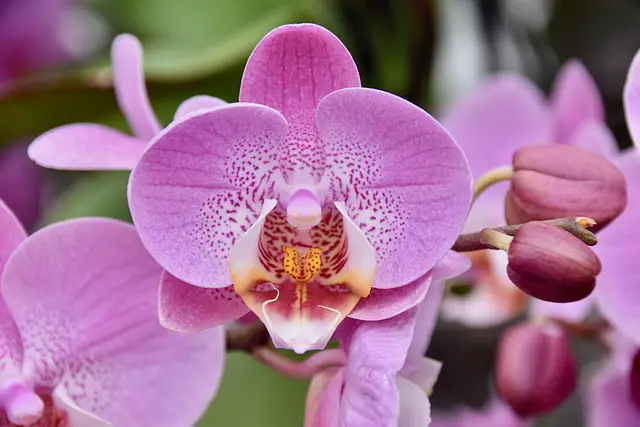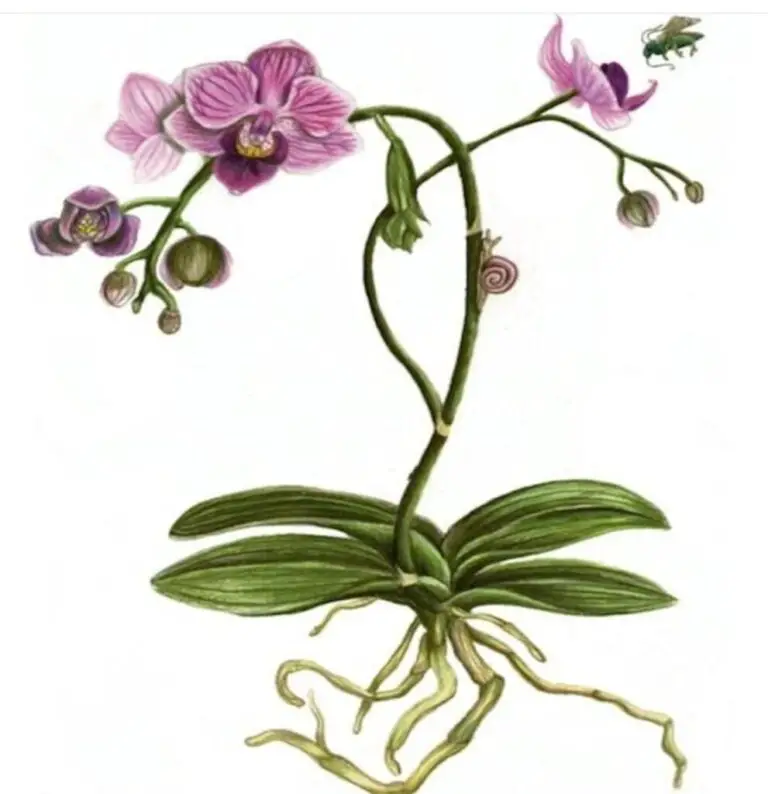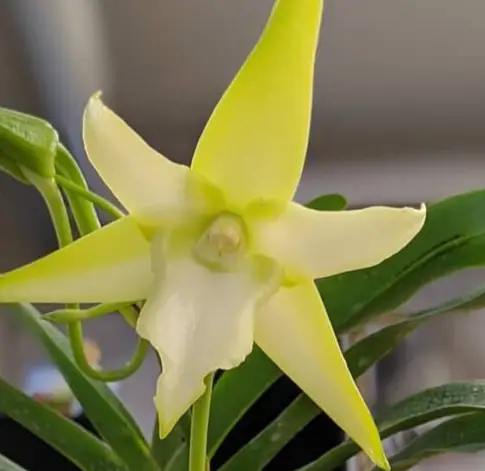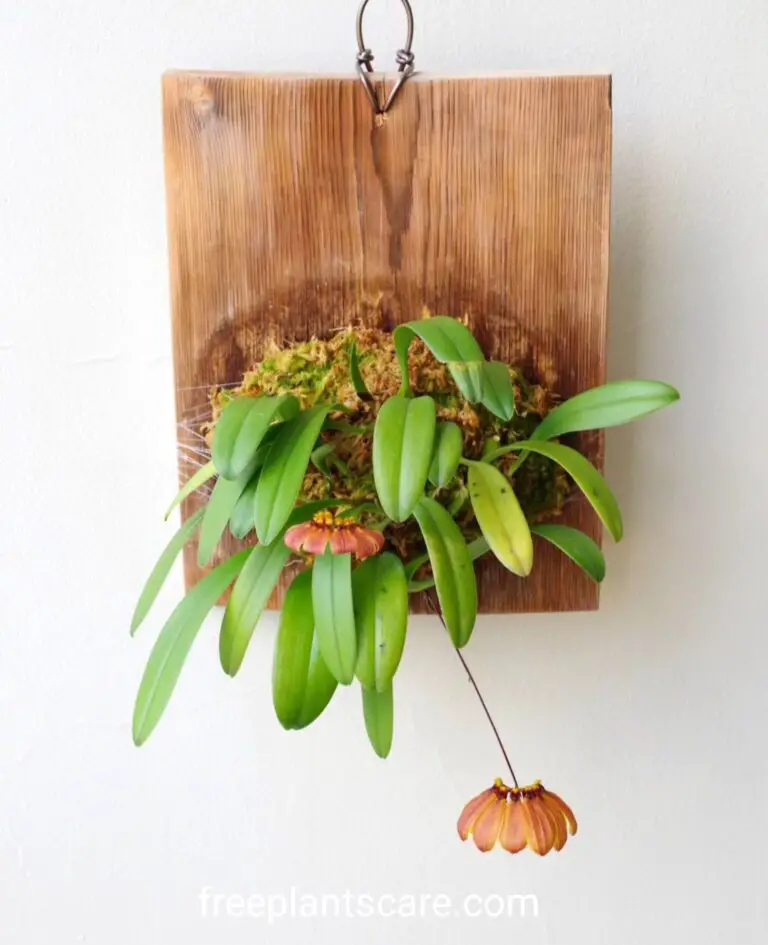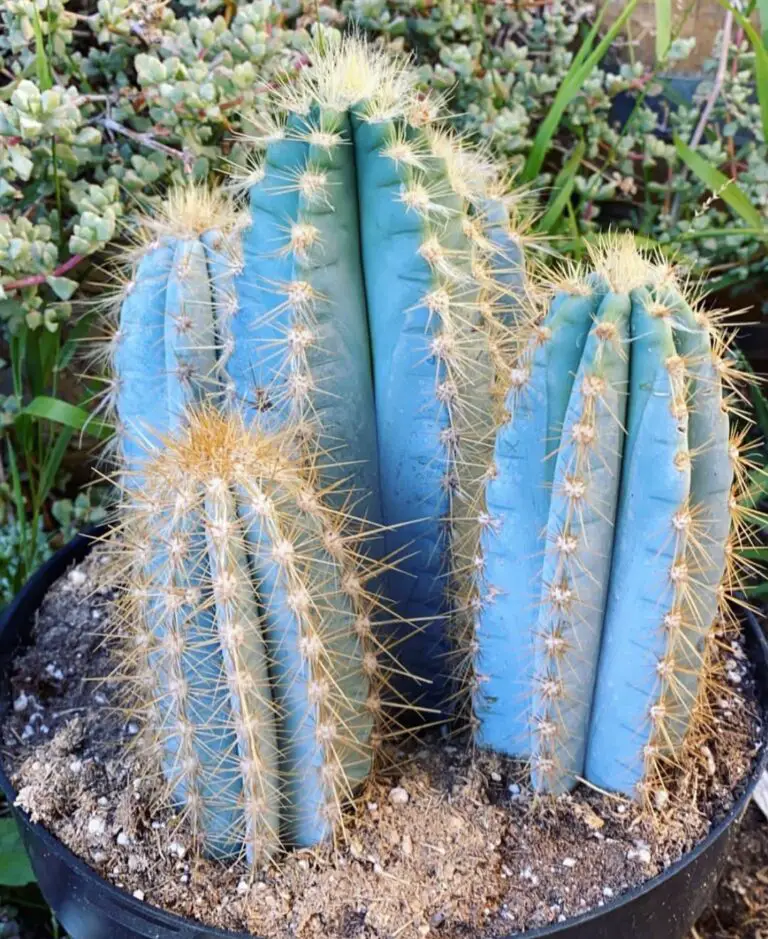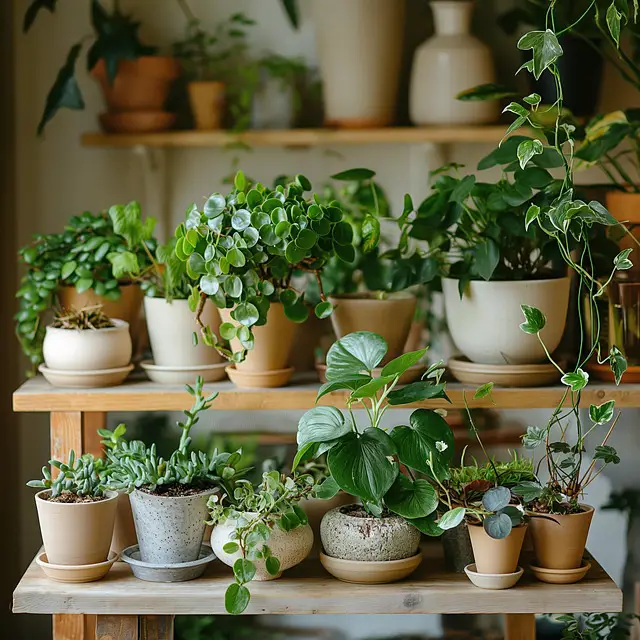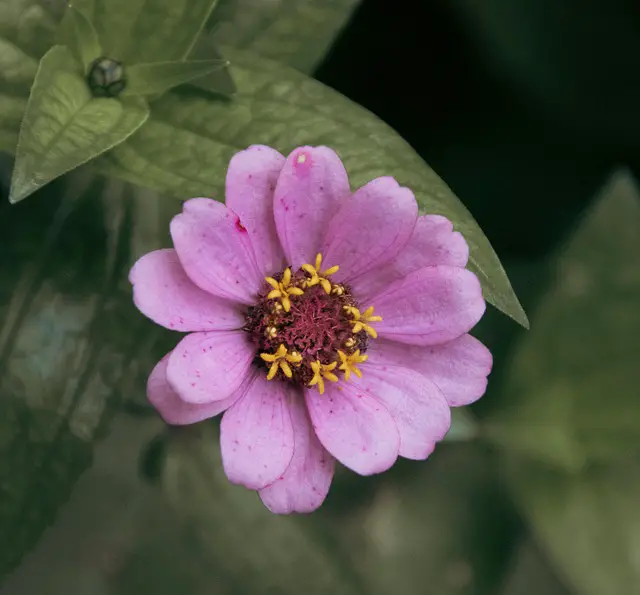- 1 1. Hanging Glass Globe Terrarium
- 2 2. Geometric Glass Box Terrarium
- 3 3. Closed Jar Orchid Terrarium
- 4 4. Open Bowl Orchid Terrarium
- 5 5. LED-Lit Mini Orchid Terrarium
- 6 Terrarium Problems and Solutions Table
- 7 6. Fairy Garden Orchid Terrarium
- 8 7. Mason Jar Orchid Terrarium
- 9 8. Wall-Mounted Orchid Terrarium
- 10 9. Aquatic-Themed Orchid Terrarium
- 11 10. Vintage Glass Dome Orchid Terrarium
- 12 Tips for Maintaining a Mini Orchid Terrarium
- 13 Daily Care Tasks
- 14 Weekly Care Tasks
- 15 Monthly Care Tasks
- 16 Seasonal Adjustments
- 17 Troubleshooting Quick Tips
- 18 Mini Orchid Terrarium: Frequently Asked Questions
Mini orchid terrariums are a captivating way to bring a touch of nature into your home while showcasing the delicate beauty of orchids. These miniature ecosystems create a stunning focal point in any space, offering a blend of elegance and greenery. Unlike traditional potted orchids, terrariums provide a unique method of displaying these plants while maintaining their ideal growing conditions. They help regulate humidity, protect orchids from pests, and create a visually appealing display that can complement any décor style.
Whether you’re an experienced plant enthusiast or a beginner looking for a low-maintenance greenery project, mini orchid terrariums offer endless possibilities. With the right setup, you can create a self-sustaining environment that requires minimal upkeep while allowing your orchids to thrive.
From stylish geometric containers to whimsical fairy gardens, there are countless ways to design your perfect terrarium. By carefully selecting materials, maintaining proper airflow, and ensuring the right moisture levels, you can create an enchanting miniature world that lasts for years. Let’s explore how to create your own magical orchid display!

1. Hanging Glass Globe Terrarium
A hanging glass globe adds elegance and charm to any space. Select a miniature orchid variety like Phalaenopsis or Masdevallia and pair it with moss and decorative stones for a striking effect. These glass globes are perfect for small spaces, offering a floating botanical feature that enhances your home’s aesthetic. To ensure the best conditions, keep the terrarium near an east-facing window for optimal light exposure and periodically rotate it to promote even growth.
Problem: Condensation buildup can lead to fungal growth.
Solution: Keep the terrarium in a well-ventilated area and wipe excess moisture when needed.

2. Geometric Glass Box Terrarium
A modern geometric glass terrarium brings sophistication to any setting. The structured design enhances the visual appeal of the orchids while allowing ample space for airflow. Use a well-draining substrate like sphagnum moss and perlite to prevent water retention issues. The sleek, angular lines of the terrarium work beautifully in contemporary and minimalist interiors, making it both a decorative and functional piece.
Problem: Poor drainage can cause root rot.
Solution: Use well-draining materials like perlite and avoid overwatering.

3. Closed Jar Orchid Terrarium
A closed terrarium mimics a tropical rainforest, making it ideal for humidity-loving orchids. Choose a clear jar with a lid and create a microclimate with layers of activated charcoal, moss, and bark. This setup enhances humidity but requires occasional monitoring to prevent excessive condensation, which can cause mold. By incorporating small ventilation holes or lifting the lid briefly each day, you can strike the right balance between moisture and airflow.
Problem: Excessive humidity can suffocate roots and promote mold.
Solution: Open the lid occasionally for airflow and monitor moisture levels.

4. Open Bowl Orchid Terrarium
An open bowl terrarium allows better airflow, making it perfect for orchids that need good ventilation. The open design helps prevent fungal diseases while allowing for creative arrangements with driftwood, pebbles, and miniature ferns. Placing the bowl on a well-lit windowsill will ensure the orchid receives the necessary light without overheating.
Problem: Open terrariums may dry out too quickly.
Solution: Mist the orchid regularly to maintain adequate moisture levels.

5. LED-Lit Mini Orchid Terrarium
Enhance your terrarium with soft LED lighting. This not only highlights your orchid but also creates an enchanting glow at night. Grow lights can also be used if natural sunlight is limited. Be mindful of positioning the light source correctly to prevent leaf burn and overheating, and opt for adjustable LED settings to match the orchid’s light requirements.
Problem: Artificial lighting can cause overheating.
Solution: Use low-heat LED lights and position them at a safe distance.
Terrarium Problems and Solutions Table
| Problem | Cause | Solution |
|---|---|---|
| Condensation buildup | Poor ventilation | Increase airflow, wipe excess moisture |
| Root rot | Overwatering, poor drainage | Use well-draining substrate, limit water |
| Mold growth | Excess humidity | Ventilate and reduce moisture levels |
| Drying out too quickly | Lack of humidity | Mist regularly, use moss layers |
| Overcrowding | Too many plants/decorations | Space out elements for airflow |

6. Fairy Garden Orchid Terrarium
Transform your terrarium into a whimsical fairy garden by adding miniature accessories like tiny benches, fairy figurines, and decorative mushrooms. This theme adds charm and fantasy to your display, making it an eye-catching feature for children and guests. Choose delicate mosses and trailing plants to enhance the magical atmosphere, ensuring enough space for the orchid to breathe.
Problem: Overcrowding can block airflow and affect orchid growth.
Solution: Space out decorations to ensure proper air circulation.

7. Mason Jar Orchid Terrarium
A mason jar offers a simple yet stylish way to create a mini orchid terrarium. Layer pebbles, moss, and bark for proper drainage and airflow. This compact terrarium fits perfectly on desks or shelves, adding a touch of nature to any space. Be sure to choose a jar with a wide opening to allow for easy maintenance and airflow.
Problem: Limited space can lead to root crowding.
Solution: Choose smaller orchid varieties and prune roots when necessary.

8. Wall-Mounted Orchid Terrarium
If space is limited, opt for a wall-mounted terrarium. These stylish containers allow you to display your orchids vertically while saving counter space. Choose a transparent design for a clear view of your miniature ecosystem, and mount it in an area with indirect sunlight to avoid heat stress.
Problem: Wall-mounted terrariums may receive uneven light exposure.
Solution: Rotate the terrarium periodically to ensure even light distribution.

9. Aquatic-Themed Orchid Terrarium
Create a stunning aquatic-inspired terrarium by incorporating small water elements, such as a tiny water dish with floating moss. This setup enhances humidity and adds a tranquil, Zen-like atmosphere. However, be mindful of over-saturation, which can be harmful to orchid roots.
Problem: Too much water can cause root rot.
Solution: Keep water features small and ensure roots stay above excess moisture.

10. Vintage Glass Dome Orchid Terrarium
A vintage-style glass dome terrarium exudes elegance and nostalgia. This classic design protects the orchid while enhancing its visual appeal. Pair it with antique decorative elements for a timeless aesthetic while ensuring occasional lifting of the dome to allow airflow and prevent excess moisture buildup.
Problem: Limited airflow can trap excess moisture.
Solution: Lift the dome occasionally to allow fresh air exchange.
Tips for Maintaining a Mini Orchid Terrarium
Keeping a mini orchid terrarium thriving requires a consistent care routine. Below is a simple yet effective timetable to ensure your orchid stays healthy, blooms beautifully, and avoids common issues like mold or root rot.
Daily Care Tasks
✅ Check Humidity Levels – Orchids love 60-80% humidity. If the glass looks dry, mist lightly.
✅ Ventilate – Open the terrarium for 10-15 minutes to allow fresh air circulation.
✅ Inspect for Pests – Look for spider mites, aphids, or fungus gnats (wipe leaves if needed).
Weekly Care Tasks
💧 Watering:
Mist 2-3 times (avoid soaking).
If using a closed terrarium, check condensation—wipe excess moisture to prevent mold.
🌿 Prune Dead Leaves/Flowers – Use sterilized scissors to trim yellowing leaves or spent blooms.
☀️ Rotate for Even Light – Prevent lopsided growth by turning the terrarium 90 degrees weekly.
Monthly Care Tasks
🌱 Fertilize (Optional) – Use a diluted orchid fertilizer (¼ strength) to boost growth.
🧼 Clean the Glass – Remove algae or mineral deposits with a vinegar-water mix (50/50).
🔍 Check Root Health – If roots look brown/mushy, adjust watering (less frequent).
Seasonal Adjustments
Spring & Summer (Active Growth Season)
➡️ Increase misting (3x/week).
➡️ More ventilation (hotter temps = higher humidity risk).
➡️ Consider moving to brighter light (but avoid direct sun).
Fall & Winter (Dormant Period)
➡️ Reduce watering (1-2x/week).
➡️ Keep away from cold drafts (orchids dislike temps below 60°F/15°C).
➡️ No fertilizing (let the orchid rest).
Troubleshooting Quick Tips
🚨 Yellow Leaves? → Overwatering (let dry out longer between misting).
🚨 Wrinkled Leaves? → Underwatering (increase humidity/misting).
🚨 Mold/Fungus? → Too much moisture (ventilate more, reduce water).
🚨 No Blooms? → Needs more light (move to a brighter spot).
Final Reminder:
Every terrarium is unique! Adjust care based on your orchid’s behavior.
Added to the original blog post as a practical takeaway! Let me know if you’d like any modifications. 😊
A mini orchid terrarium is a unique way to showcase nature’s beauty while adding a touch of sophistication to your home. Whether you prefer a minimalist geometric design or a whimsical fairy garden, these ideas will help you craft a stunning terrarium that thrives. Try one of these setups today and bring your orchid display to life!
Mini Orchid Terrarium: Frequently Asked Questions
What is a Mini Orchid Terrarium?
A Mini Orchid Terrarium is a small, enclosed environment designed to grow miniature orchids in a controlled, humid space. It provides the ideal conditions for orchids that thrive in high humidity and indirect light.
What types of orchids are best for a Mini Orchid Terrarium?
Miniature Phalaenopsis, Masdevallia, Restrepia, and Pleurothallis orchids are excellent choices for a Mini Orchid Terrarium. These orchids prefer high humidity and lower light conditions, making them perfect for terrarium setups.
How do I set up a Mini Orchid Terrarium?
To set up a Mini Orchid Terrarium, choose a clear glass or acrylic container, add a drainage layer, use a high-quality orchid bark mix, and place miniature orchids inside. Ensure proper ventilation to prevent mold and rot.
What lighting is best for a Mini Orchid Terrarium?
A Mini Orchid Terrarium should receive bright, indirect light. LED grow lights or fluorescent bulbs work well, especially in low-light indoor environments. Avoid direct sunlight, as it can overheat the terrarium.
How often should I water a Mini Orchid Terrarium?
Watering a Mini Orchid Terrarium depends on humidity levels. Generally, misting 2-3 times a week and ensuring proper airflow prevents overwatering and fungal issues.
Do I need to fertilize orchids in a Mini Orchid Terrarium?
Yes, orchids in a Mini Orchid Terrarium need feeding. Use a diluted orchid fertilizer every 2-4 weeks to support healthy growth. Avoid over-fertilization to prevent root damage.
Can I grow a Mini Orchid Terrarium without ventilation?
A Mini Orchid Terrarium needs some ventilation to prevent excessive moisture buildup. Leave small gaps in the lid or use a container with airflow holes to balance humidity and prevent mold.
What is the best temperature for a Mini Orchid Terrarium?
Most orchids in a Mini Orchid Terrarium thrive in temperatures between 65°F and 75°F (18°C-24°C). Avoid placing the terrarium near heating vents or drafty windows.
How can I prevent mold and rot in my Mini Orchid Terrarium?
To prevent mold in a Mini Orchid Terrarium, ensure good air circulation, avoid overwatering, and remove decaying plant material. Using activated charcoal in the soil mix also helps absorb excess moisture.
Can I add moss or other plants to my Mini Orchid Terrarium?
Yes! Adding moss, ferns, and other humidity-loving plants can enhance the beauty of a Mini Orchid Terrarium while helping maintain moisture levels. Just ensure they are compatible with orchid care needs.
What type of container is best for a Mini Orchid Terrarium?
A glass jar, fishbowl, or specialized terrarium with a partially open top is ideal for a Mini Orchid Terrarium. Choose a clear container to allow maximum light exposure.
How do I prune orchids in a Mini Orchid Terrarium?
Regularly remove dead leaves and spent flowers from your Mini Orchid Terrarium to maintain plant health. Use sterile scissors to prevent disease spread.
Can I keep a Mini Orchid Terrarium in an office?
Yes! A Mini Orchid Terrarium is perfect for offices as it requires minimal care, adds greenery to the space, and thrives under artificial light.
Do orchids in a Mini Orchid Terrarium need repotting?
Over time, orchids in a Mini Orchid Terrarium may outgrow their space. If roots become overcrowded, carefully transfer them to a larger terrarium or separate container.
Where can I buy a Mini Orchid Terrarium?
You can purchase a Mini Orchid Terrarium at garden centers, online plant shops, or specialty orchid retailers. Some stores also offer DIY kits for creating your own.

